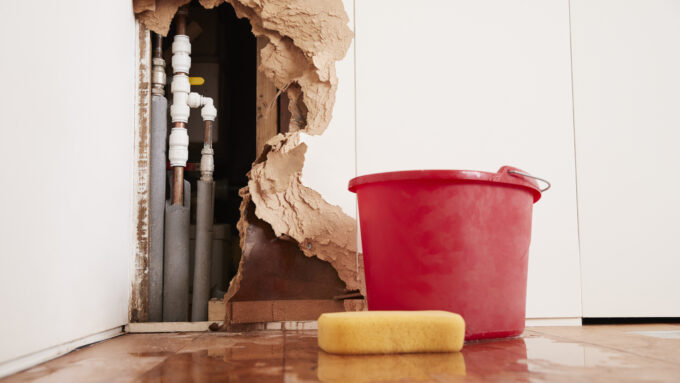The last thing any homeowner wants to experience is a flood or other serious water damage to their home. Unfortunately, there are times when it happens and all you can do is take action.
Once you’ve handled the insurance questions and called in the professionals to clean up the damage, how you can be assured that everything will be cleaned, dried and restored completely?
Structural drying is an important part of the restoration process and here, you will learn more about it.
Structural Drying by Definition
Structural drying is a process that involves removing and completely drying any and all moisture from building materials. It actually covers both structural and non-structural areas of the compromised space.
The pros define “structural” as any part of the space or building that will not be demolished, rather remain after clean-up. It’s critical that all these spaces are completely dried and safe.
Structural Drying – The Process
Whether in a commercial building or a home, the structural drying process follows the same basic steps.
Complete Removal of Excess Water
All visible water needs to be extracted from the site. As much of the standing water, puddles and excessive moisture is physically removed as a first step.
In addition, areas that are not visible but tend to be affected by water damage are checked as well.
Air Circulation
The next important step is to get air circulating throughout the damaged areas. Typically, fans are brought in and used to dry up moist areas or water that has saturated into material surfaces.
This step is important to avoid the onset of rot and mold. The sooner air starts circulating, the better and faster the drying out process will go.
However, before the restoration experts begin circulating air, the areas are checked for potentially harmful things like asbestos and existing mold. Avoiding the spread of these harmful materials to other rooms or throughout the building is a safety priority.
Dehumidifying
Moisture has an amazing ability to penetrate into all sorts of spaces after a water damage incident.
Another issue to address with water damage is that some of the water evaporates and turns into highly humid vapors. Even after standing water is removed and air is circulated, the air may be filled with lots of water vapors or humidity.
Excessive levels of humidity are prime areas for mold to grow, even if the surface looks and feels dry.
Balanced Temperatures
The last important step, and throughout the entire process to some degree, is to make sure the temperature of the affected areas are balanced. The experts are looking for a balanced temperature to speed up the drying process, which varies by space and conditions.
The goal is to balance the amount of hot air, which affects the dehumidifying process and the amount of cold air, which impacts the drying process.
A balanced temperature allows for an efficient water evaporation process, extracts excess moisture from building materials and allows all the other steps in the process to work at optimum efficiency.
Conclusion
When water damage strikes, call in the professionals at RCS in Sonoma County. They are experts at structural and other methods of drying to restore your space back to like-new condition.

